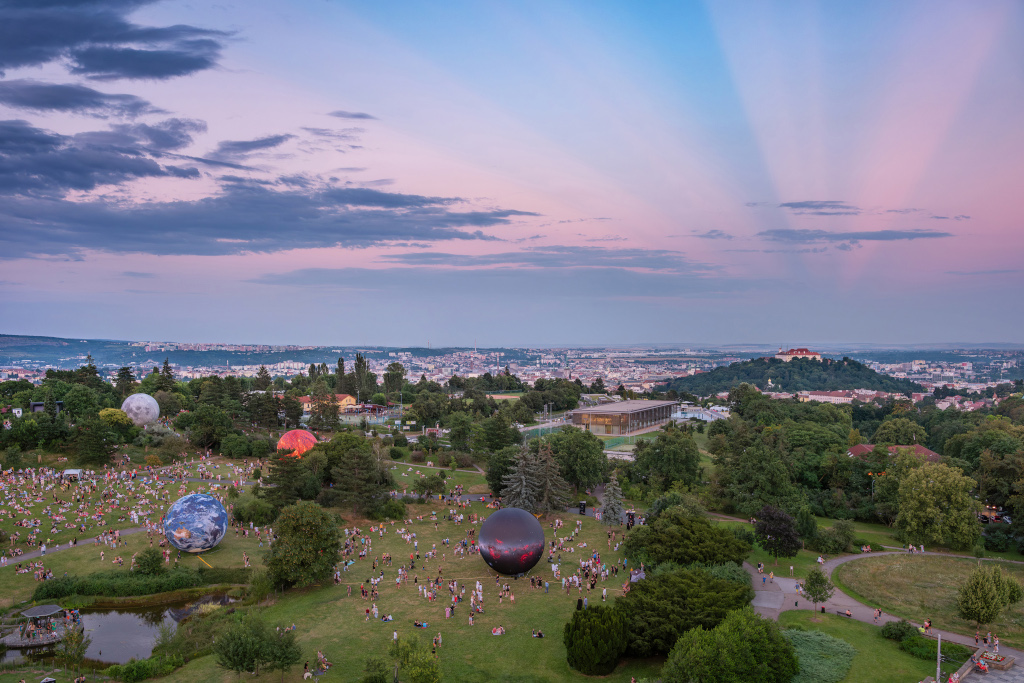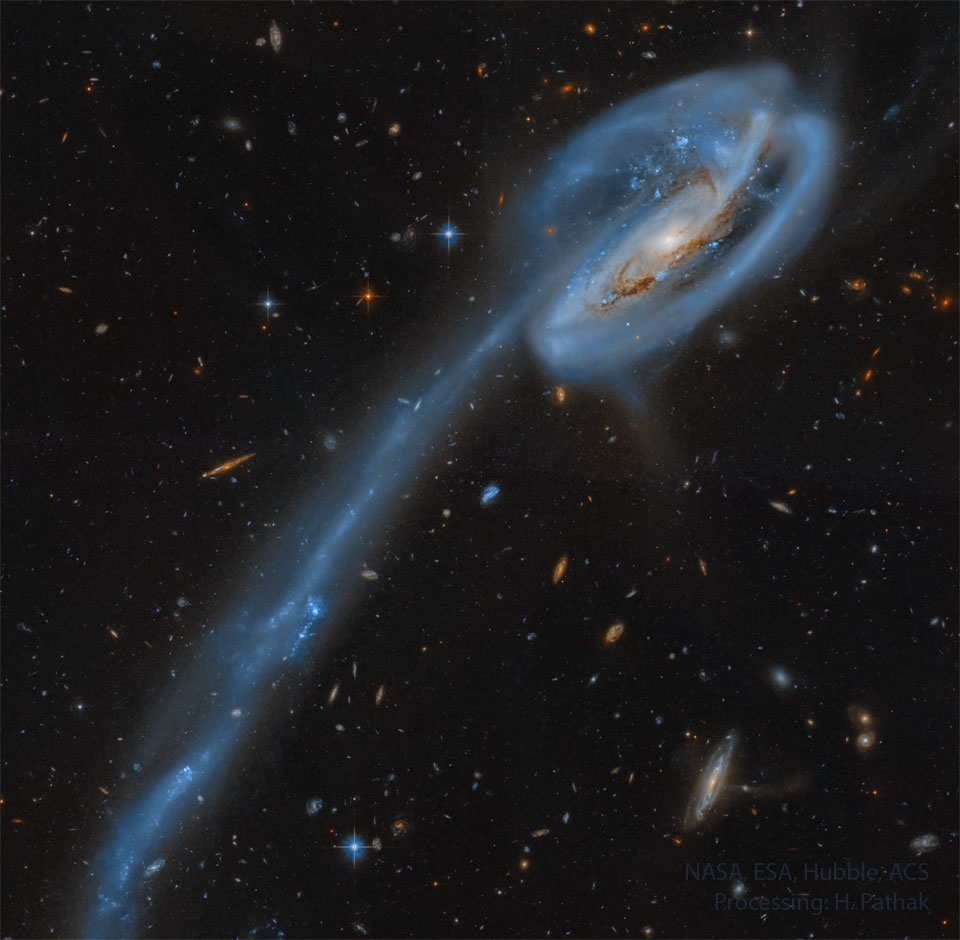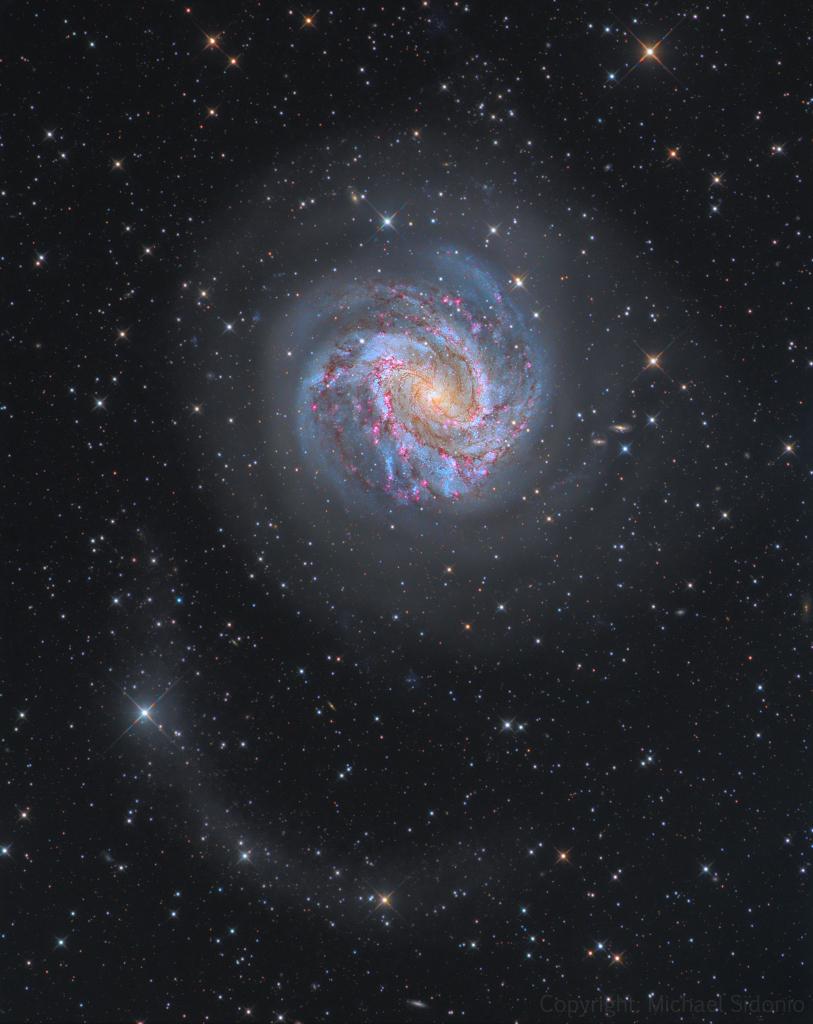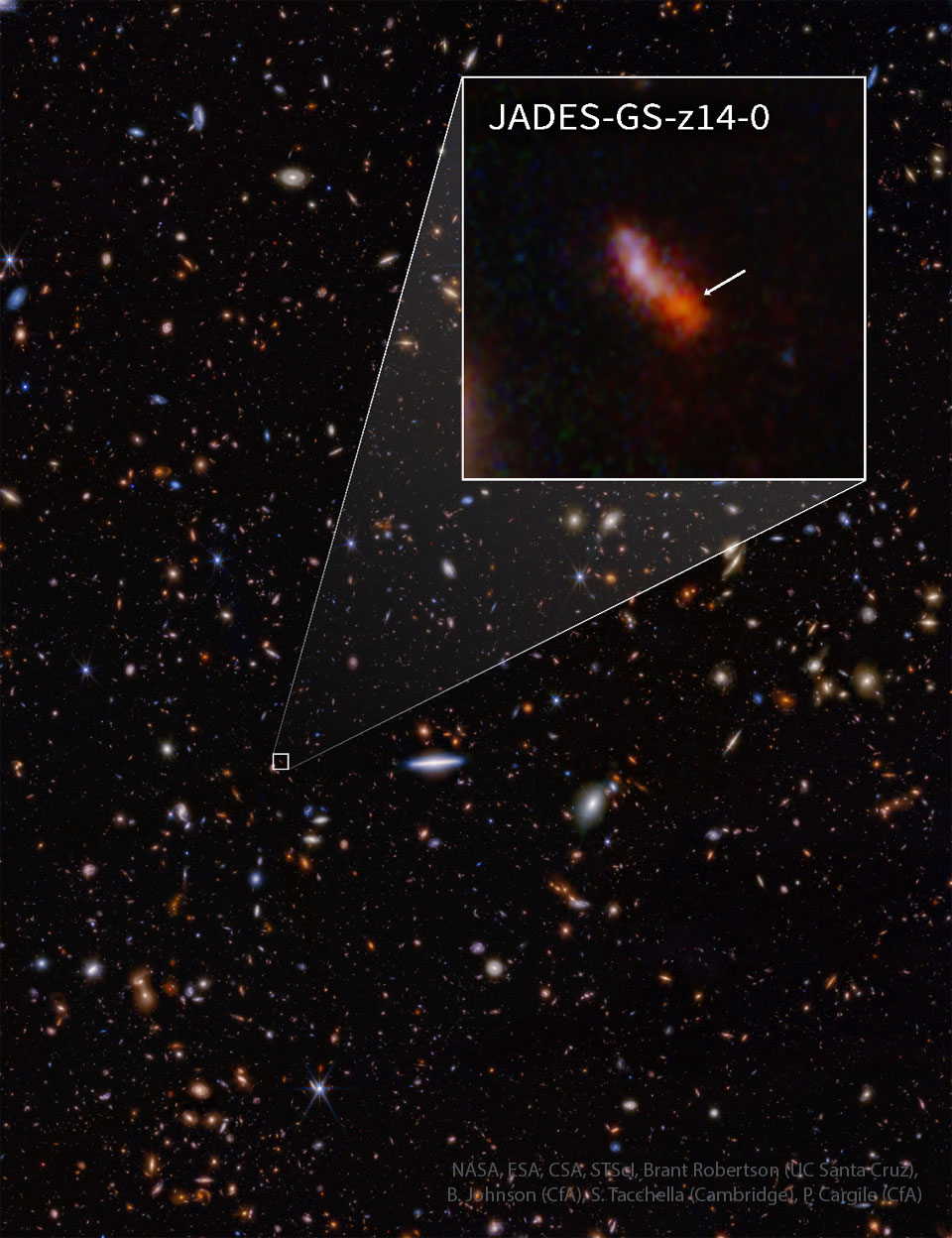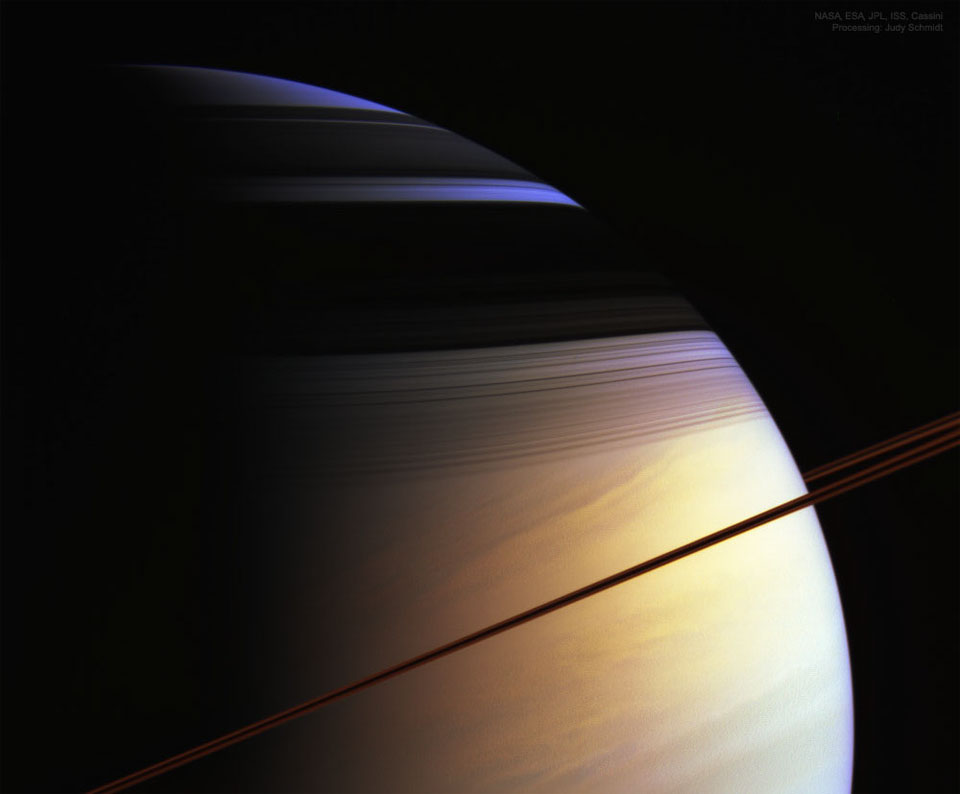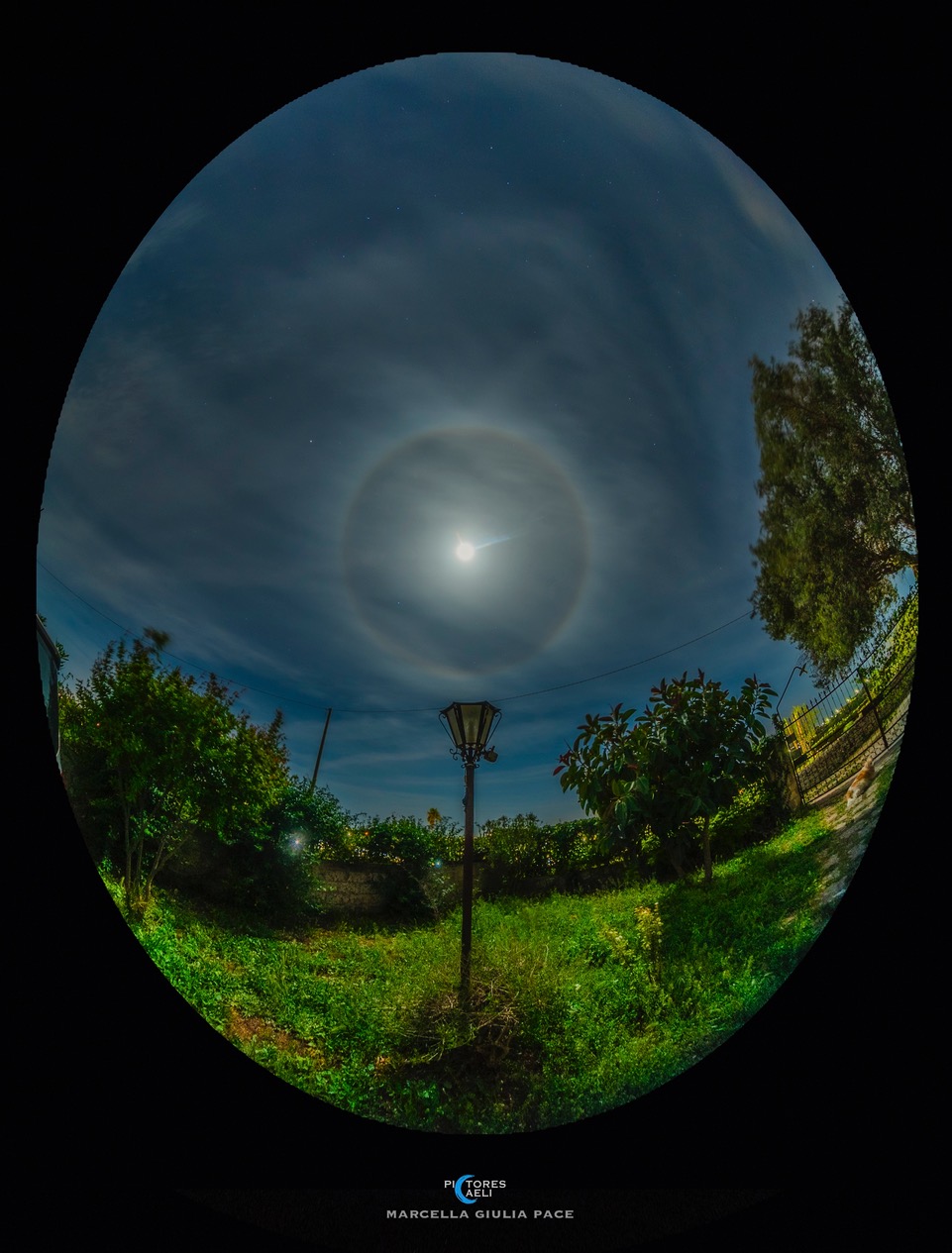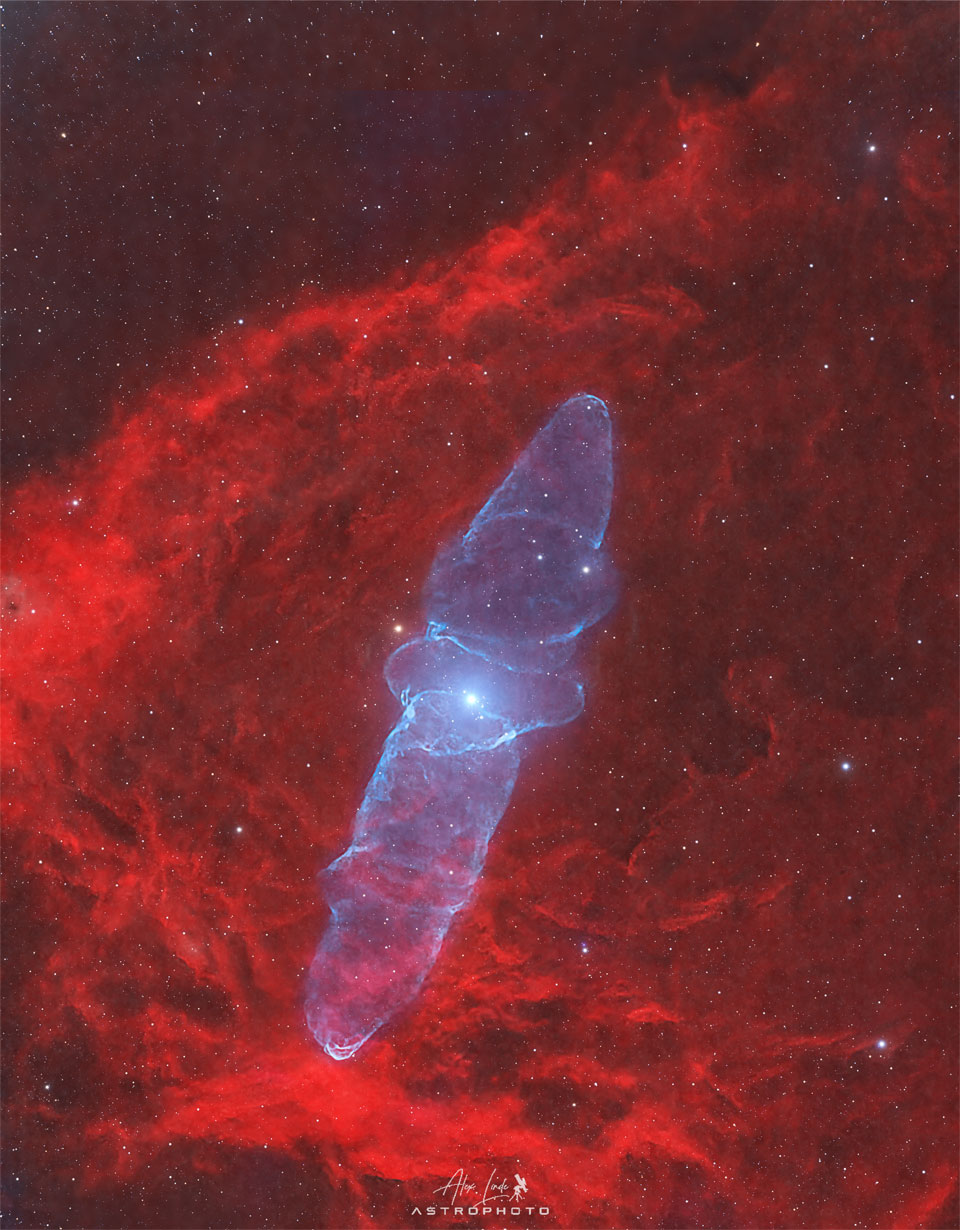Anticrepuscular Rays at the Planet Festival
Photo of the Day For some, these subtle bands of light and shadow stretched across the sky as the Sun set on July 11. Known as anticrepuscular rays, the bands are formed as a large cloud bank near the western horizon cast long shadows through the atmosphere at sunset. Due to the camera's perspective, [...]

